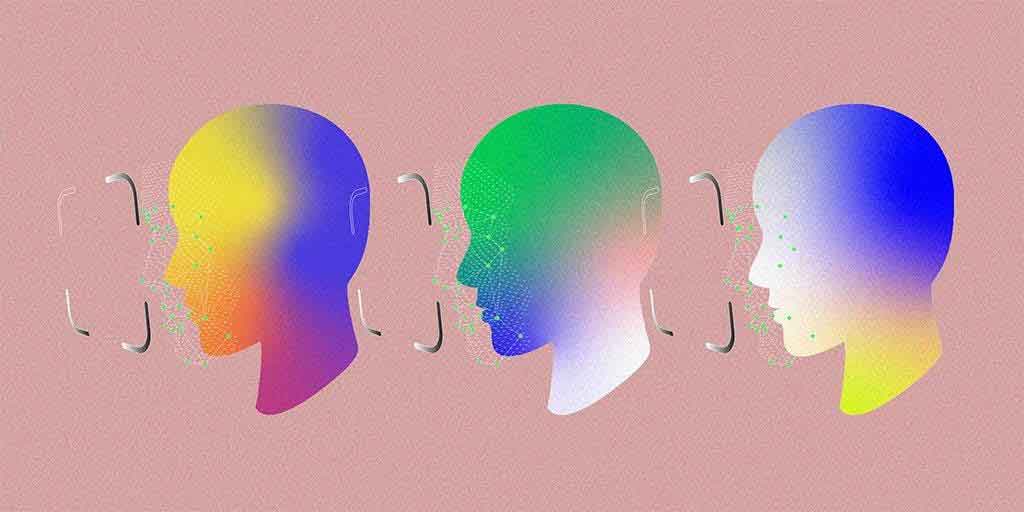Facial Recognition Is Everywhere. Here's What We Can Do About It.

Facial Recognition Is Everywhere. Here’s What We Can Do About It.
Facial recognition—the software that maps, analyzes, and then confirms the identity of a face in a photograph or video—is one of the most powerful surveillance tools ever made.
While many people interact with facial recognition merely as a way to unlock their phones or sort their photos, how companies and governments use it will have a far greater impact on people’s lives.
When it’s a device you own or software you use, you may be able to opt out of or turn off facial recognition, but the ubiquity of cameras makes the technology increasingly difficult to avoid in public.
Concerns about that ubiquity, amplified by evidence of racial profiling and protester identification, have caused major companies, including Amazon, IBM, and Microsoft, to put a moratorium on selling their software to law enforcement.
But as moratoriums expire and the technology behind facial recognition gets better and cheaper, society will need to answer big questions about how facial recognition should be regulated, as well as small questions about which services we’re each willing to use and which privacy sacrifices we’re each willing to make.
Our approach to facial recognition
Face-related technologies can be useful for people and society, and it's important these technologies are developed thoughtfully and responsibly.
We’ve seen how useful the spectrum of face-related technologies can be for people and for society overall.
It can make products safer and more secure—for example, face authentication can ensure that only the right person gets access to sensitive information meant just for them.
It can also be used for tremendous social good; there are nonprofits using face recognition to fight against the trafficking of minors.
WHAT IS FACE RECOGNITION?
Face recognition is a technology capable of identifying or verifying a subject through an image, video or any audiovisual element of his face.
Generally, this identification is used to access an application, system or service.It is a method of biometric identification that uses that body measures, in this case face and head, to verify the identity of a person through its facial biometric pattern and data.
The technology collects a set of unique biometric data of each person associated with their face and facial expression to identify, verify and/or authenticate a person.
But it’s important to develop these technologies the right way. We share many of the widely-discussed concerns over the misuse of face recognition. As we’ve said in our AI Principles and in our Privacy and Security Principles, it’s crucial that these technologies are developed and used responsibly. When it comes to face-related technology:
